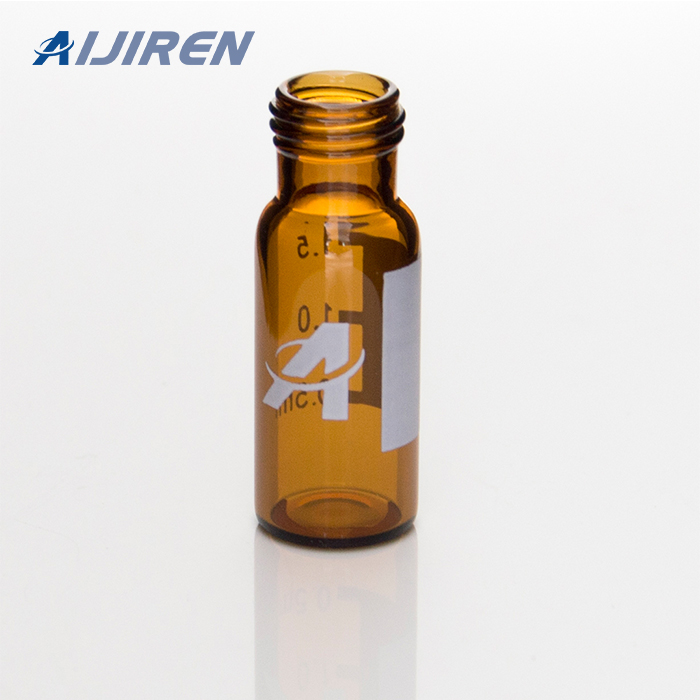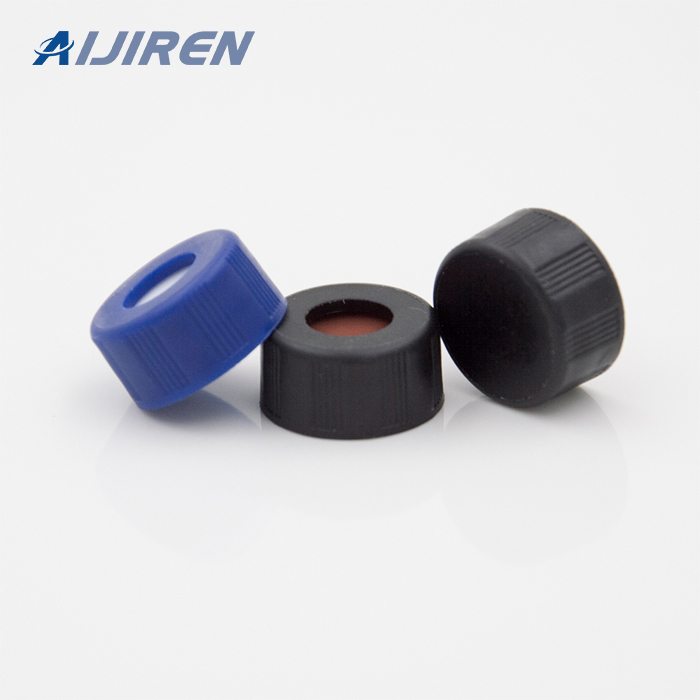



A summary of GC application on the separation and determination of during penetration of vial and injector septa; (2) adjustment of sampling depth ...
In Chapter 6, a headspace-GC (HSGC) method with multiple extractions from a single vial was developed for the measurement of desorption isotherms with any
inlet liners or HPLC guard columns are used. GC techniques employing on-column injection create the need for a sample vial with minimal.
Sep 7, 2018 During gas chromatographic separation, the sample is transported via an inert ... In contrast, components that have a lower affinity for the ...
Settings for Alliance HPLC Vials and Low Volume Inserts (LVI) . with trace amounts of boron and sodium, the expansion coefficient of this glass is.
In chromatography, the sample solvent should dissolve in the HPLC mobile phase or be injectable into a GC column without affecting sample retention or
Dec 10, 2019 2, the workflow of a typical lipidomics analysis comprises sample ... of PIP from the HPLC via connective tubes to the mass spectrometer and ...
Droplet Digital PCR (ddPCR) for Ultra-Sensitive Quantification of Genome Editing small fold differences in target DNA sequence between samples to be ...
Sep 2, 2010 Diagram showing a moving linear temperature gradient with slope b at ... thermal expansion coefficients of the fused-silica and the ...
May 10, 2018 Anatomy of a GC ALS Syringe ... Goal: Inject as little sample as possible to meet ... Avoid injecting water- coefficient of expansion is too ...
Optimize sample preparation with these LCGC certified clear glass vials 12 by 32 mm screw neck vials with cap and preslit pTFE/silicone septum in a pack of
3.5.11 HPLC and GC Certified Vial KITs (Short Thread Vials and Short Thread Seals ND9) a low expansion coefficient even at high temperature variations.
Jul 1, 2021 FIGURE 1: Schematic diagram of a flame ionization detector (FID), as is used in capillary GC. Diagram courtesy of CHROMacademy.
Items 1 - 40 of 261 Chromatography vials are containers designed to temporarily hold samples analyzed as a part of gas (GC) or liquid (HPLC) chromatography.
very high or very low flow rates. 6) high viscosity mobile phase (for liquid chromatography). 7) slow introduction of sample onto column.